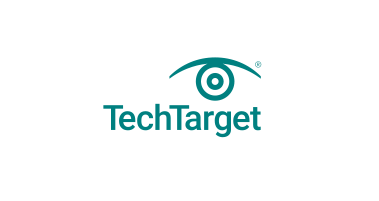HPE GreenLake Private Cloud customers will soon have access to a comprehensive virtualization stack that includes an HPE-developed virtual machine, as announced in Las Vegas. This new virtualization capability for HPE Private Cloud combines a new kernel-based virtual machine developed by HPE with GreenLake’s cluster management capabilities and control plane for operations, ensuring high availability even when disconnected from the cloud.
The launch of this new offering places HPE in competition with established players like Nutanix AHV, Red Hat OpenShift, and VMware vSphere. Despite facing competition, HPE aims to provide an end-to-end virtualization strategy, showcasing its value against other providers. This virtualization capability is set to be available in GreenLake before the end of 2024, with pricing and contract details yet to be determined. Customers will have subscription options ranging from self-management to fully managed services.
The virtualization capability will only be accessible to HPE Private Cloud customers and not sold separately. This offering will automate lifecycle management of virtual machines and integrate seamlessly with other GreenLake technologies, such as HPE Alletra Storage MP, Zerto, and OpsRamp.
According to HPE’s chief operating officer of hybrid cloud, Hang Tan, customer demand for a comprehensive GreenLake stack drove the development of this virtualization capability. HPE’s commitment to customer-centric solutions is further emphasized by this investment in virtualization, which aligns with their strategy to collaborate with leading vendors in the space and provide optimal solutions to customers. This move also showcases HPE’s dedication to the hybrid cloud infrastructure model, with a focus on bringing cloud-based technologies into customer data centers.
As HPE continues to evolve its offerings in virtualization and hybrid cloud infrastructure, they aim to empower customers by bringing workloads to the data, rather than the other way around.








